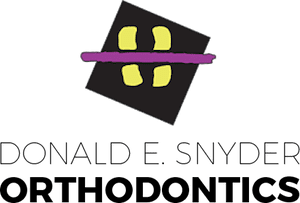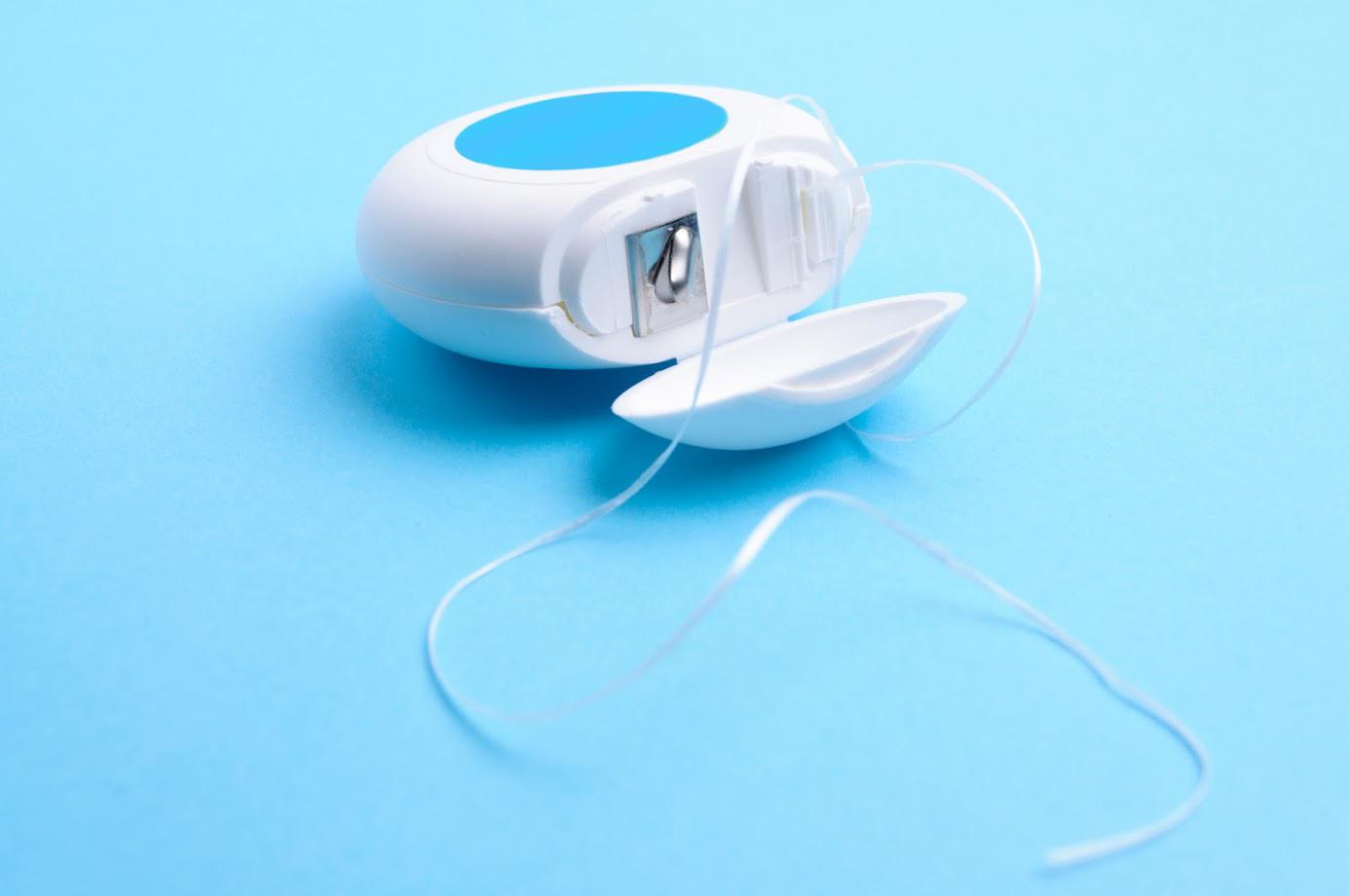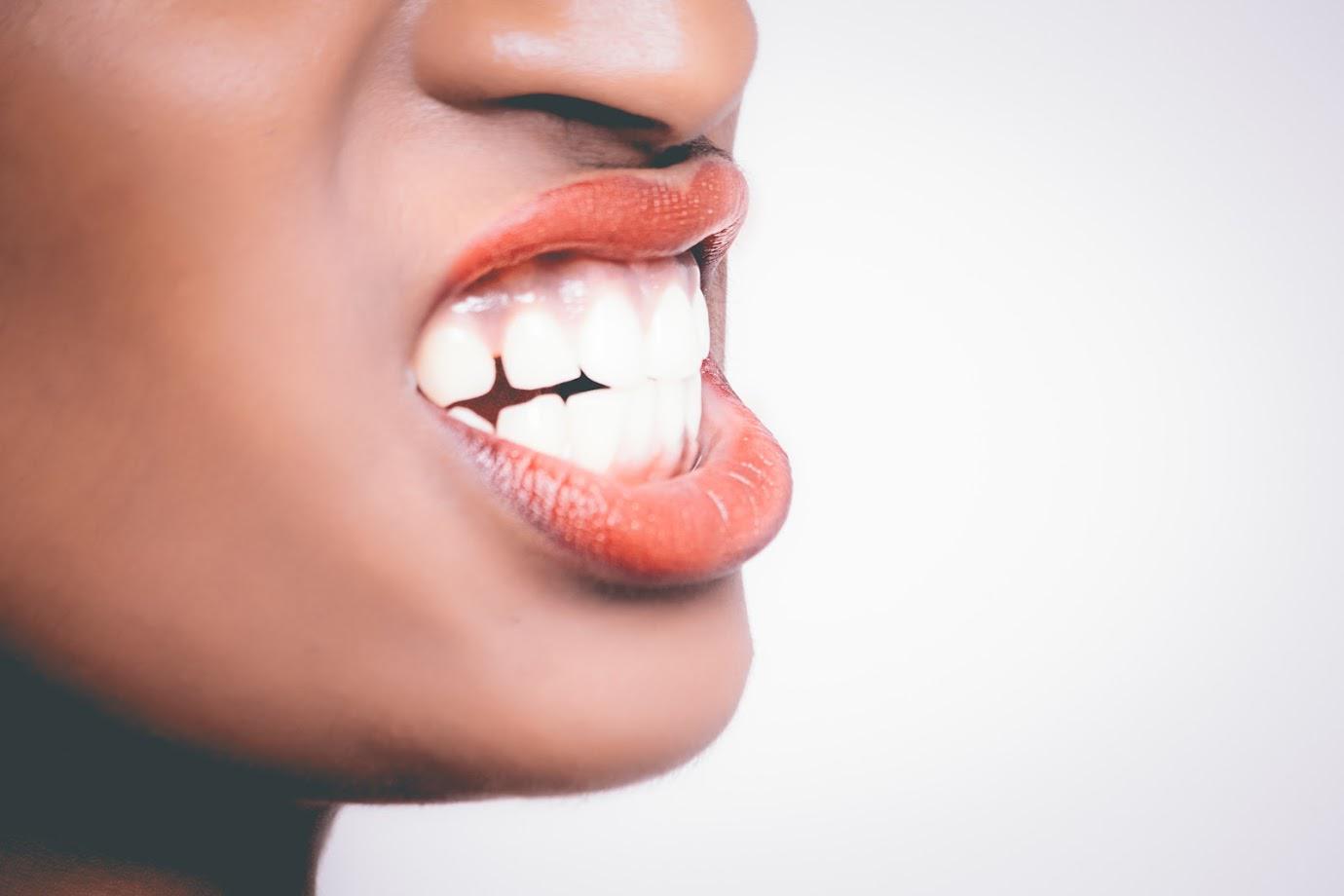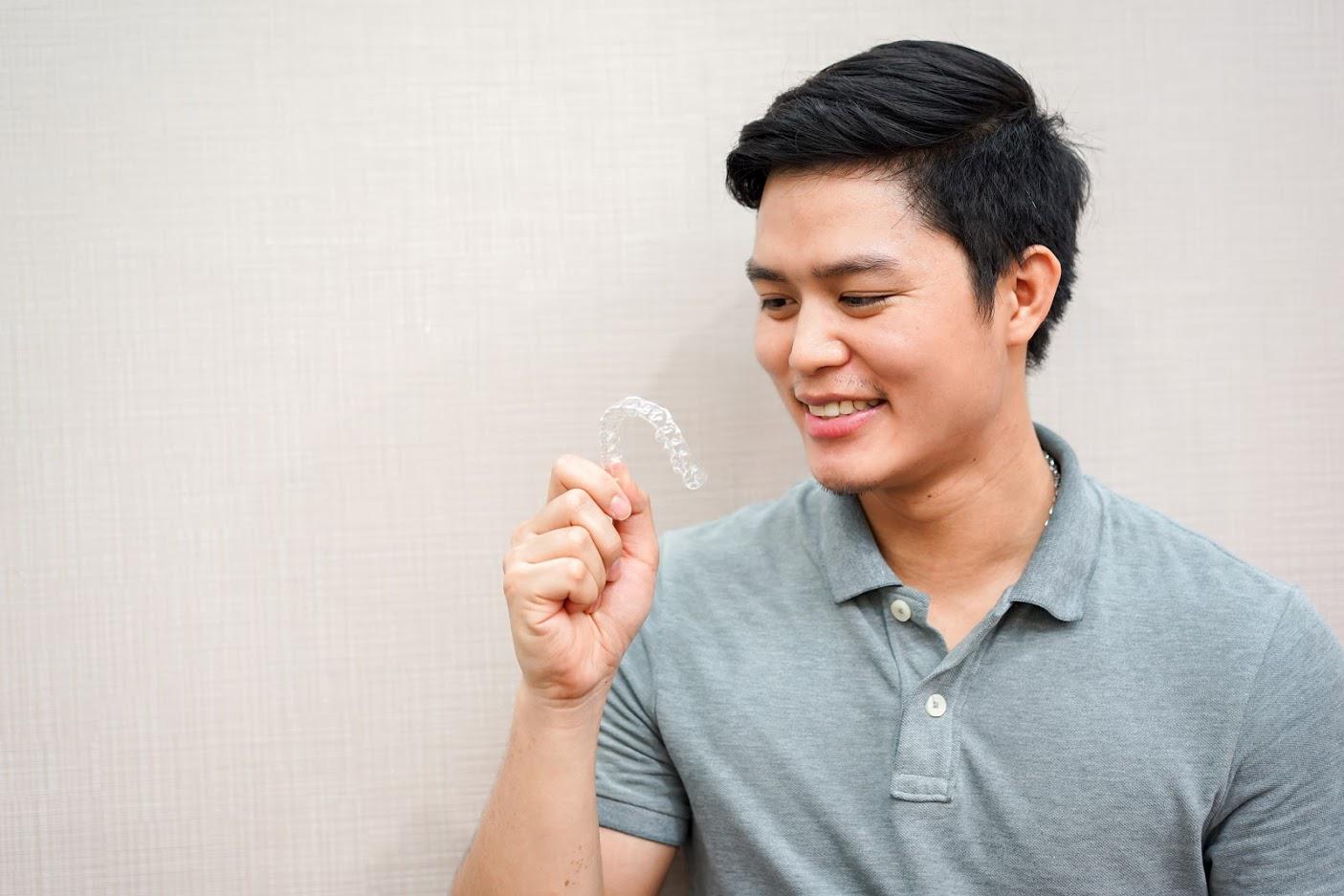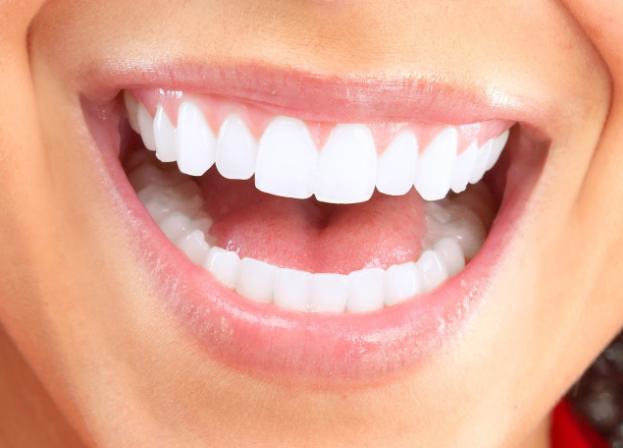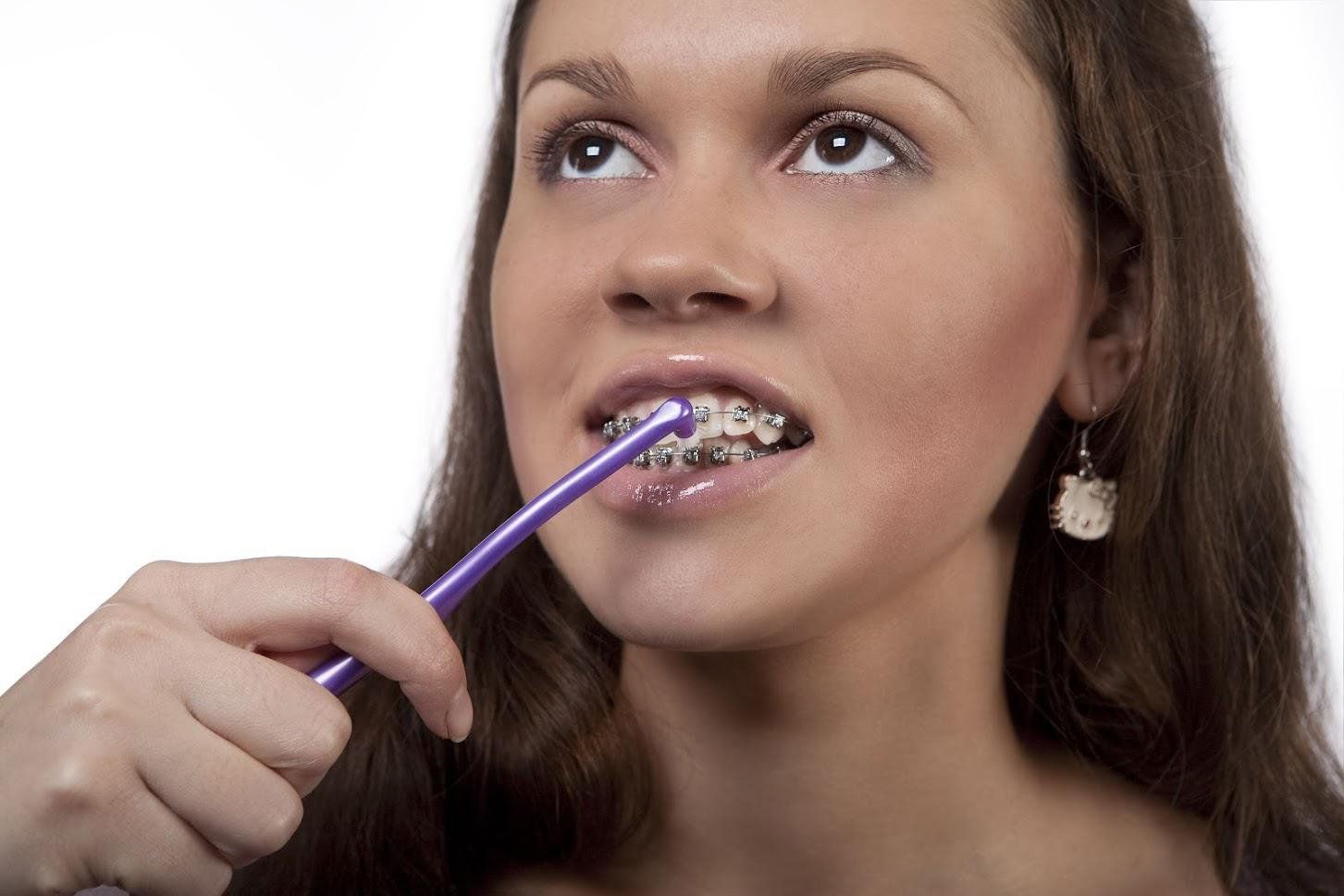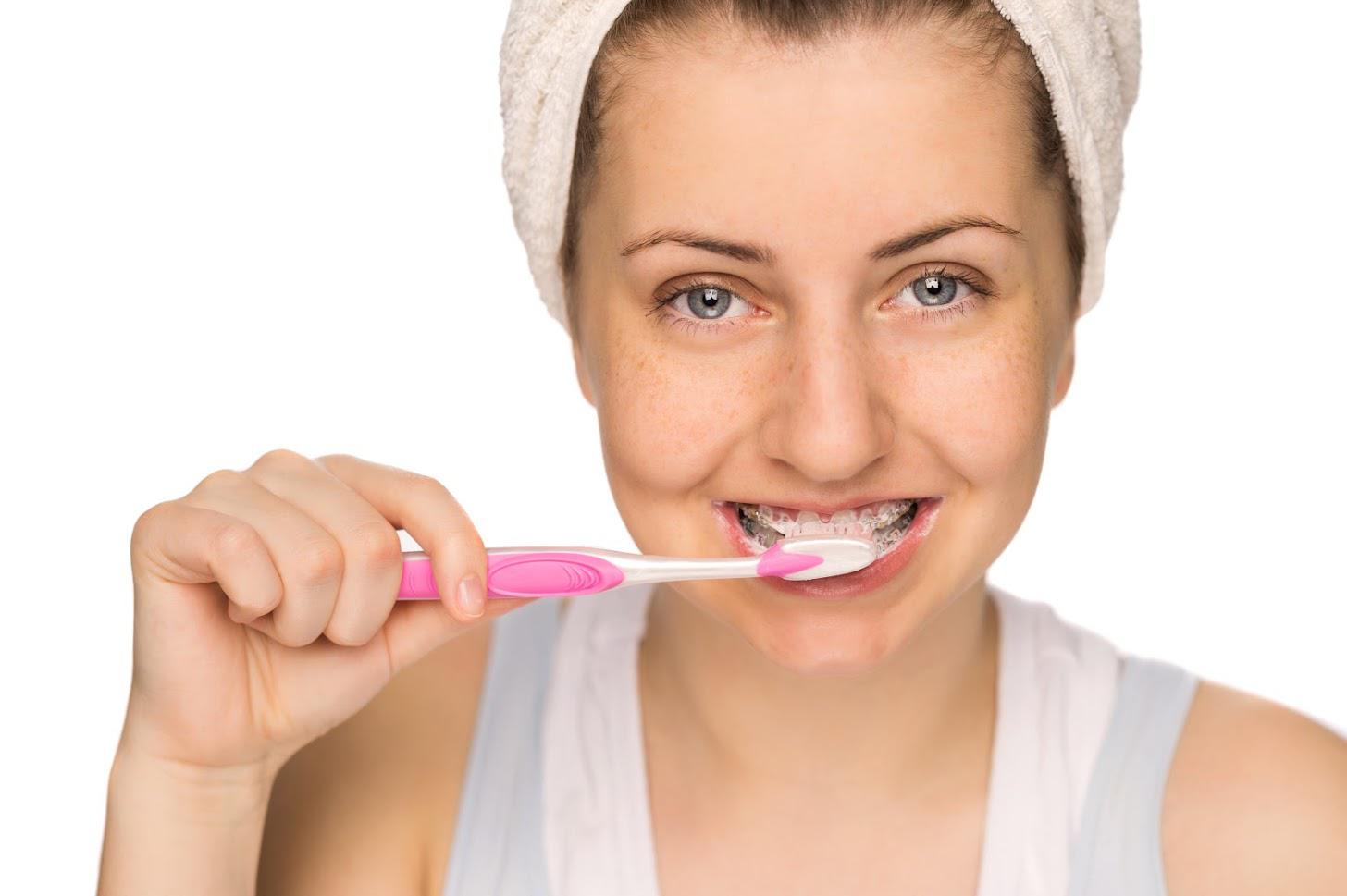Temporary Anchorage Devices (TADs): What You Need to Know
- By Admin
- •
- 27 Jan, 2020
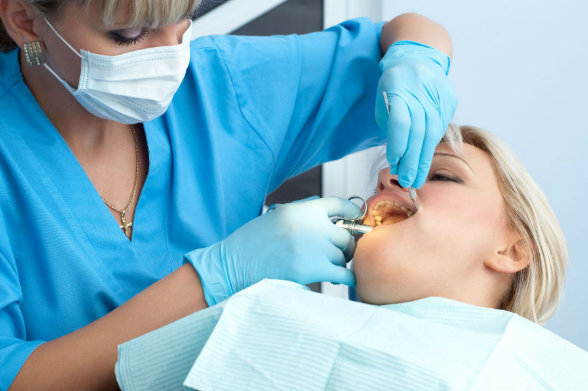
If you just learned that your orthodontist will be placing temporary anchorage devices (TADs) in your mouth to help straighten your teeth, then you may have some questions about these devices.
While orthodontists have used temporary anchorage devices alongside braces to help straighten teeth since the 80s, they have only become popular in the field of orthodontics within the last decade as more and more orthodontists realize just how useful these devices are and how they can often shorten a patient's time wearing braces.
Read on to learn more about orthodontic temporary anchorage devices and the answers to many questions you may have about TADs.
TADs Are Used to Treat Numerous Orthodontic Problems
While traditional metal braces can treat many orthodontic problems, they do have their limitations when used alone. Some problems with teeth and jaw alignment are difficult to fix with braces alone or can be fixed more quickly when additional oral appliances are used alongside braces.
While TADs are used to help treat many types of problems with teeth alignment, they are most commonly used to correct overbites, underbites, and other bite problems. They can also be used to pull teeth forward to fill a gap that has been created by a missing tooth and to help straighten molars with tough-to-move roots.
TADs can also be used to help pull an impacted permanent tooth into place, to help repair a broken jaw, and as anchors for additional orthodontic appliances.
TADs May Help You Skip Headgear
Before TADs were embraced by modern orthodontists, many other types of oral appliances that were uncomfortable to wear or unsightly were used alongside traditional metal braces to correct the aforementioned orthodontic problems. Many types of bite problems caused by misalignments of the jaw once had to be corrected with orthodontic headgear, also called extra-oral appliances.
While orthodontists sometimes still need to use headgear to correct some severe bite problems, they now opt to use discreet TADs instead of headgear whenever possible to help improve the self-confidence of patients during the teeth-straightening process.
TAD Placement Is Simple and Pain-Free
Orthodontic temporary anchorage devices are very thin titanium posts. These posts average about 6 to 12 mm in length and just 1 to 2.3mm in width. While TADs are inserted right into your jaw bone, the insertion process is surprisingly pain-free.
Before inserting your TADs, your orthodontist will numb the area where the device will be placed with a local anesthetic. Then, the TAD will be inserted into your jawbone with a simple hand tool. You will not have to be put under with general anesthesia during TAD placement.
Most people experience no pain during TAD insertion, although you may feel a little pressure as the post is inserted. You may feel some mild soreness in the area where the TADs were placed for up to several days after insertion, although this soreness can typically be relieved with an over-the-counter pain medication such as acetaminophen.
Proper TAD Care Is Simple, Yet Important
You may wonder if you need special instruments or tools to clean your TADs after they are inserted. Thankfully, caring for your TADs is very simple. Since there is a small chance of infection of the tissue surrounding a TAD while it is in place, you must take care to keep the teeth and gum tissue near the TADs clean and plaque-free, since plaque is filled with bacteria that can contribute to oral infection.
Your orthodontist may suggest switching from a traditional toothpaste to one that kills oral bacteria while you are wearing your TADs or provide you with a bacteria-killing mouth rinse to use twice a day to kill oral bacteria that could contribute to a TAD infection.
If your orthodontist just informed you that you are a good candidate for TAD use alongside your traditional metal braces, then keep this information in mind as you wait for your TAD placement or consultation. Contact the experienced staff at Donald E. Snyder Orthodontics to discuss all of your orthodontic needs today.
